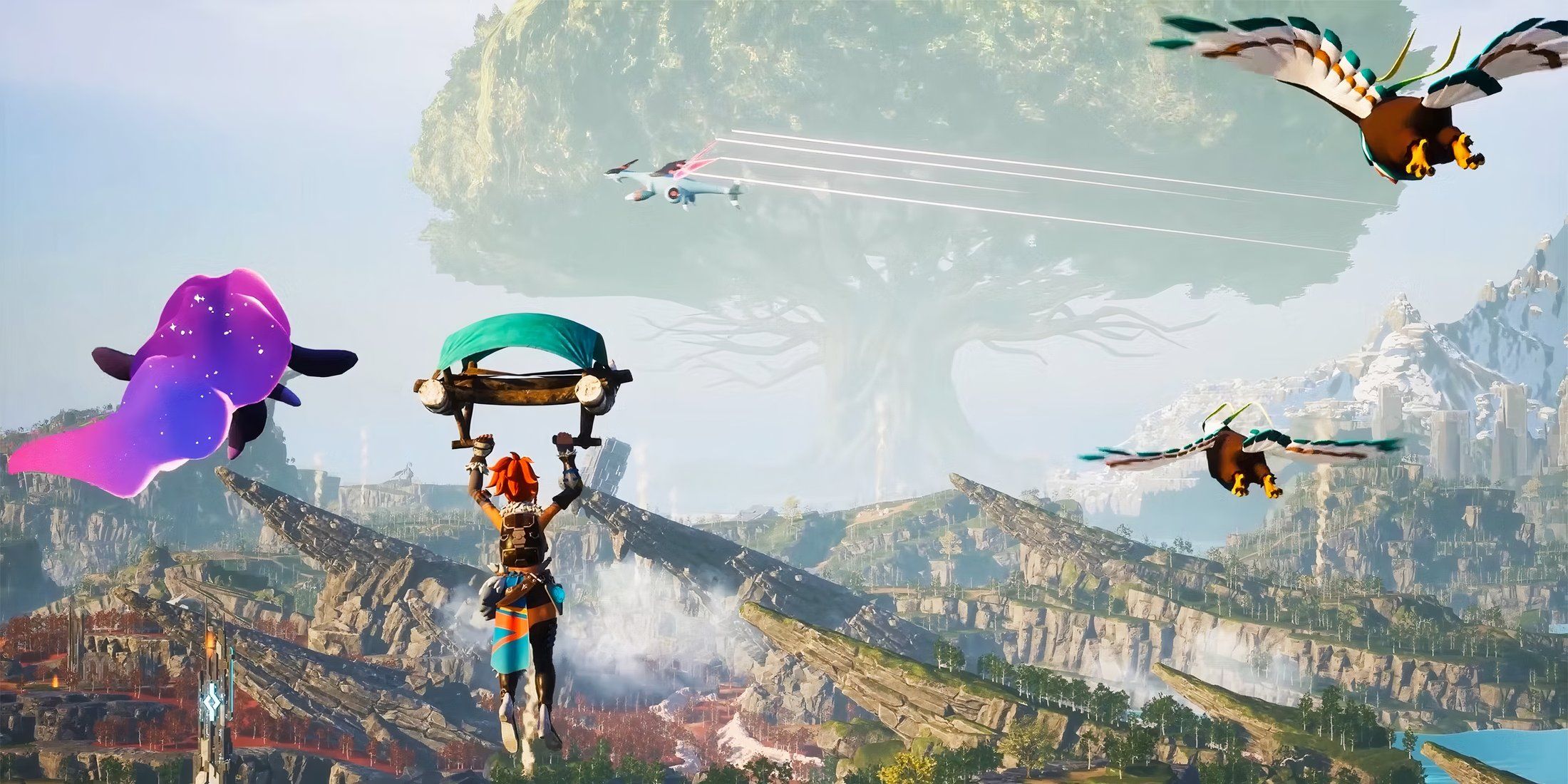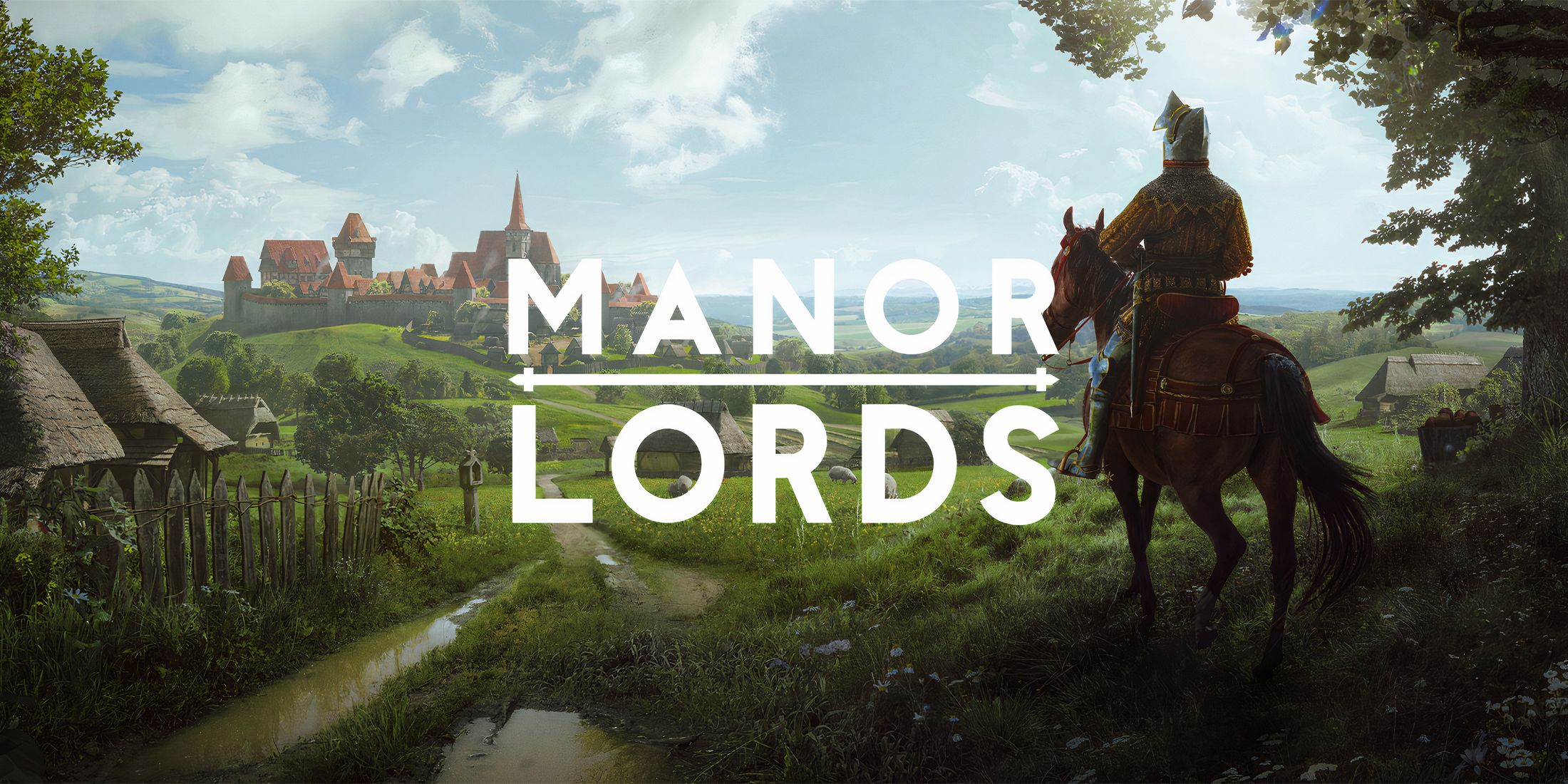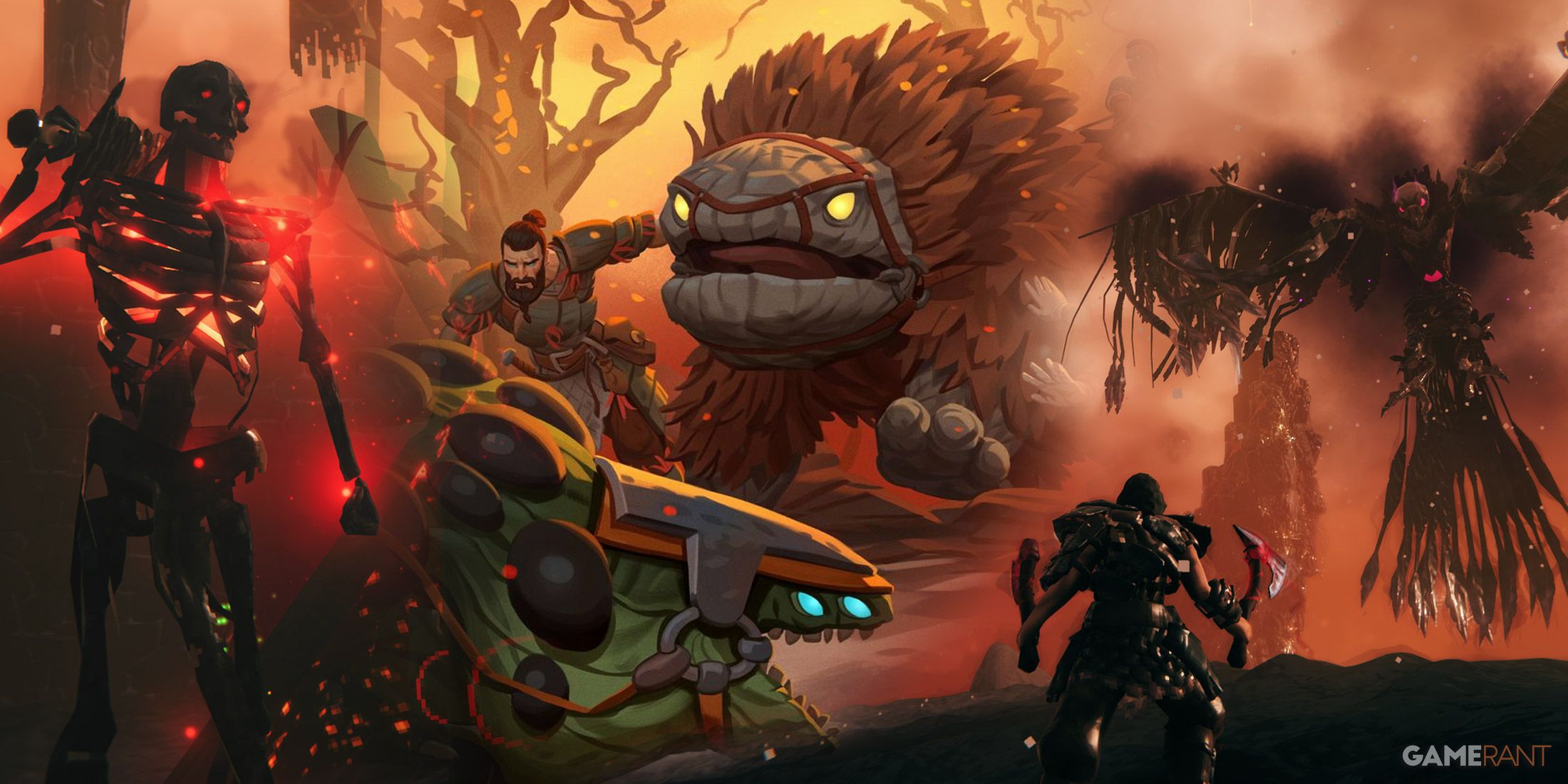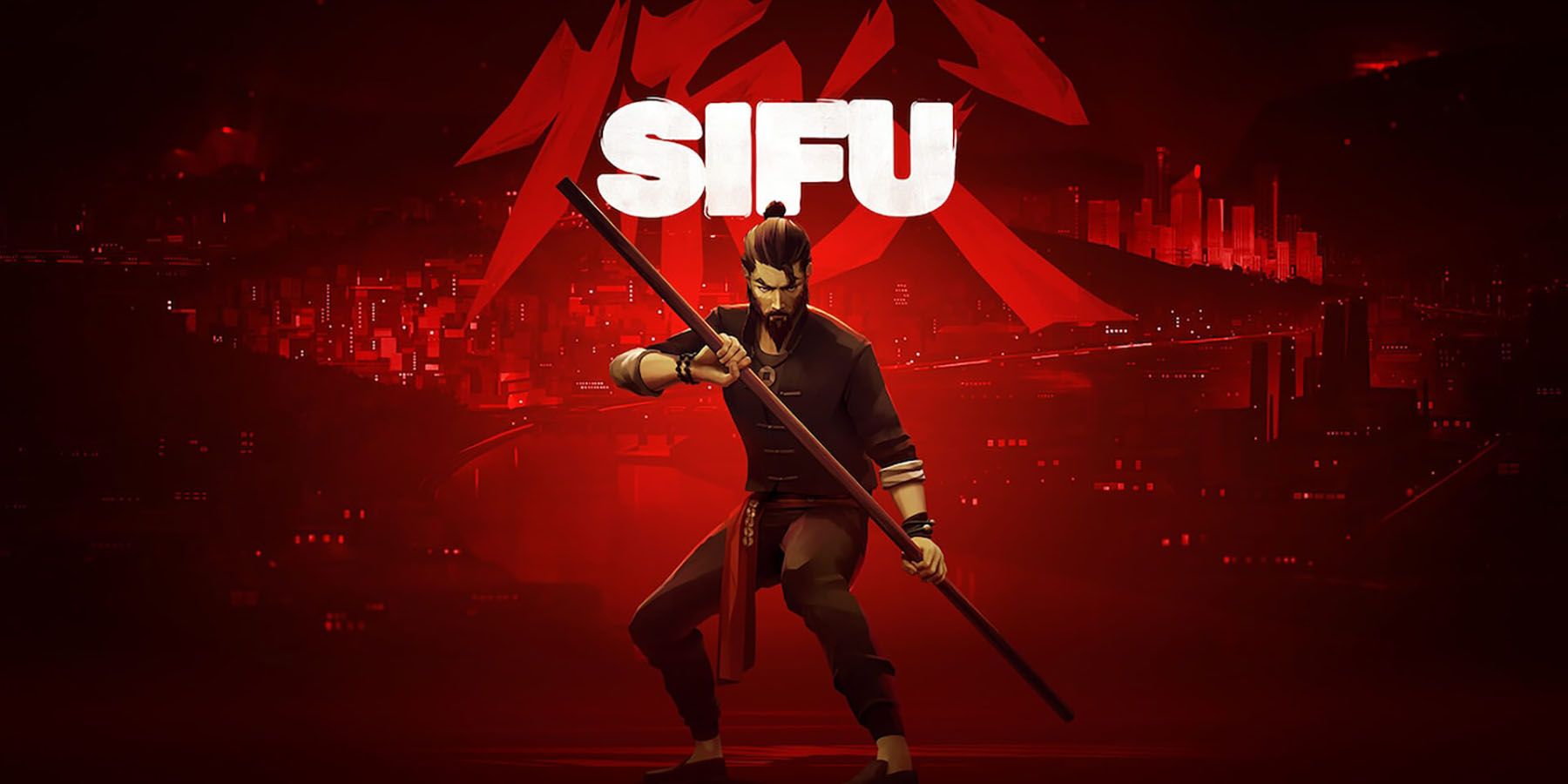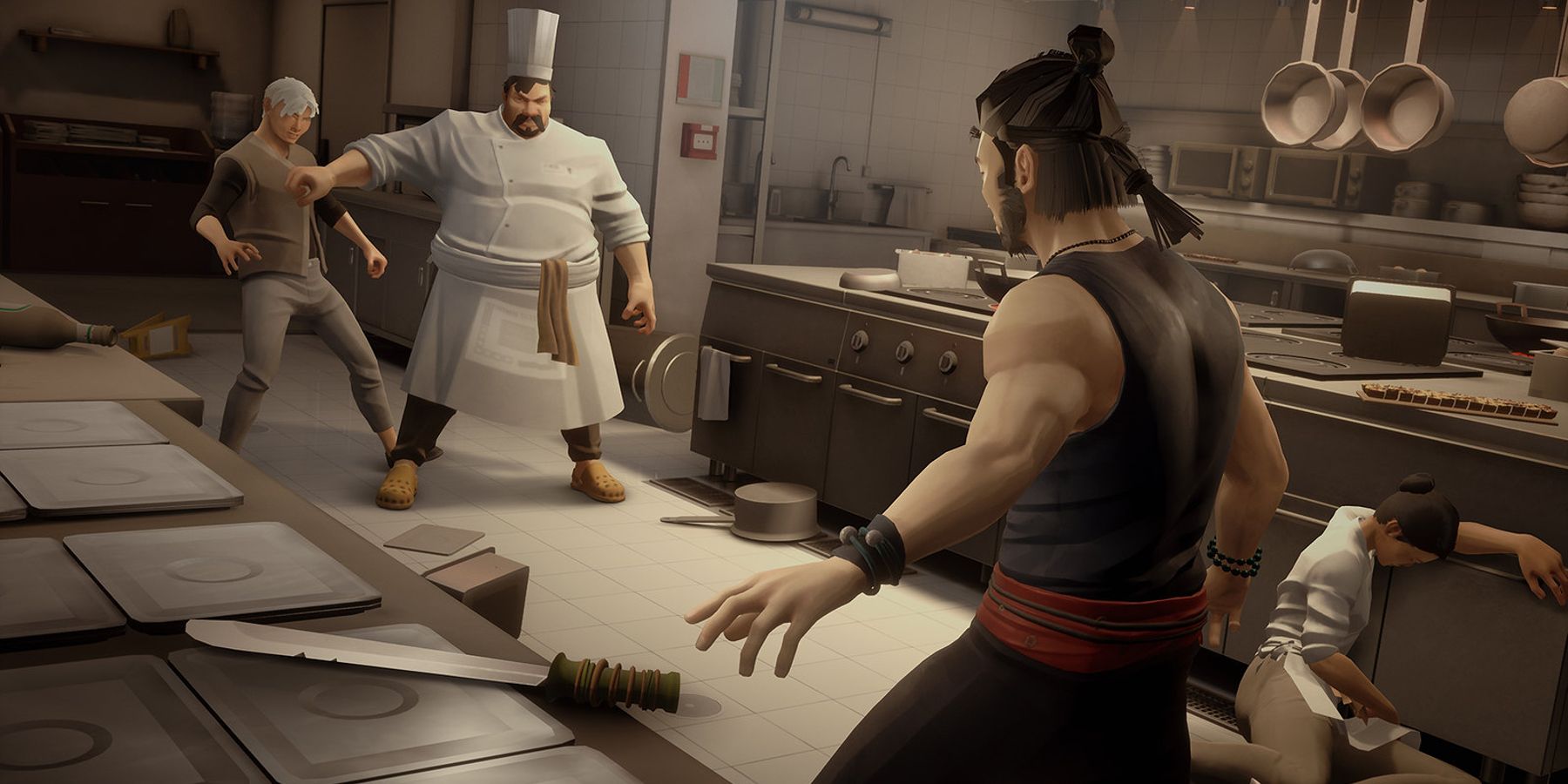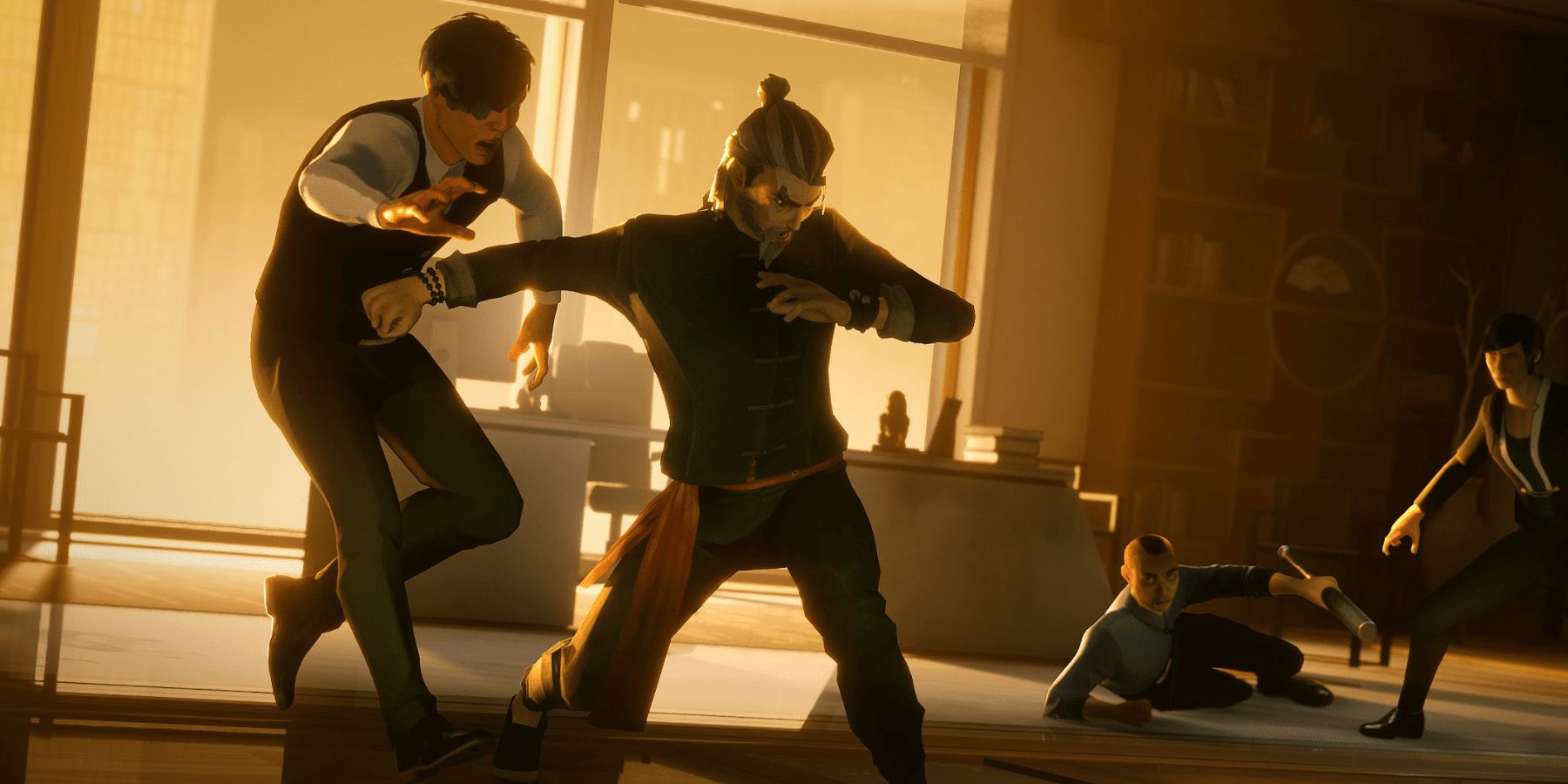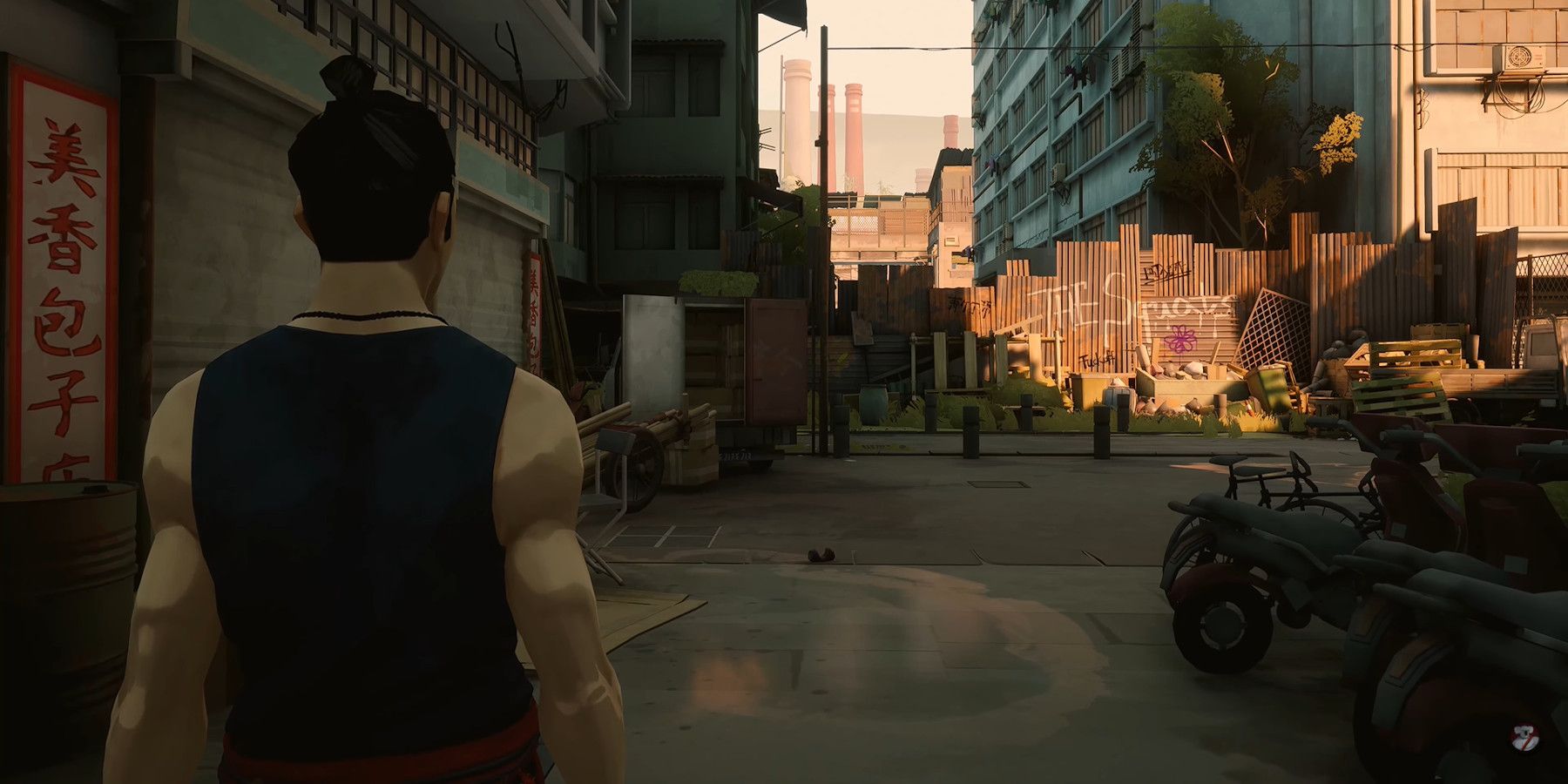Fans of classic martial arts movies playing the first level of brawler Sifu are treated to a pleasant surprise when the main character, fighting his way through a dingy apartment complex, finds himself in a well-done rendition of 2003 film Oldboy’sinfamous side scrolling hallway scene. Paris-based developer Sloclap’s new title, released in February, is full of those kinds of references; not just to famous martial arts films like Fearless, but also to action blockbusters like John Wick.
The fact that they’re a French studio developing a game that relies heavily on East Asian culture and influences is not lost on Sloclap, however. Bearing in mind the criticism other Western developers have received for similar projects, the team behind Sifu consulted with experts and put an extra emphasis on localization to make their title as inclusive as possible. Game ZXC spoke to Sloclap about that process and how the team looked to classic cinema as a guide. The interview has been edited for clarity and brevity.
Q: A lot of the game’s setting and gameplay notes seem inspired by other media — specifically, Eastern cinema. In the first main section of the game, players recreate the infamous hallway scene from Oldboy, and the apartment complex you are fighting through appears to have been inspired by The Raid. Is that a fair assessment? What sorts of media inspired the story and setting of Sifu?
A: Indeed, both Oldboy and The Raid were inspirations for the design and art teams working on Sifu. In general, the game is filled with references and inspirations from many action & martial arts movies, such as John Wick, Sha Po Lang/Killzone, and Tom-Yum-Goong/The Protector.
We also took inspiration from Jackie Chan’s movies such as Police Story, Dragons Forever, and Miracles — which you can see in the one-versus-multiple combat and the use of environment.
We weren’t just limited to kung fu movies, but we also included other references that we liked and that influenced our work story-wise. Fearless, The Blade, Blade of the Immortal, and Kill Bill were some of those.
Q: Have other games inspired Sifu’s combat or gameplay?
A: Sifu is a mix of genres: It’s an action game and a beat 'em up. There were many different inspirations and references for the team, but for gameplay two good examples are Sekiro: Shadows Die Twice as well as God Hand on the PS2.
Q: The game employs some elements of magic and fantasy. The Botanist’s bamboo forest comes to mind, or The Burning contest. Were those elements inspired by Eastern fantasy, or any other media?
A: Right from the start, the game showcases a magical pendant able to revive our main character. Magic is present throughout the universe and lore of Sifu, but we wanted the transition between reality and fantasy to be progressive. You can observe the evolution of the different levels.
Again, there were many inspirations for the design and art teams. Each boss and level are linked to a specific Chinese traditional element: wood, fire, water, metal, and earth, which is explained in the game’s lore through the use of forbidden magic elemental talismans.
Q: Let’s touch on some discussion in the community regarding Sifu’s cultural influences. Some have raised concerns about a non-Asian dev team like Sloclap putting together a game that is clearly influenced by East Asian, specifically Chinese, culture. Some have said that could be considered cultural appropriation. How would you respond to those concerns?Did you work with any cultural advisors while working on the game?
A: Regarding cultural accuracy, we ran content reviews with consultants from Chinese video game companies in our network, who gave us feedback on things like displayed text and details of the environment’s design.
We also iterated on the facial features of our main character after feedback from Chinese partners. Character artists from China gave us interesting feedback, and we learned a lot about how facial characteristics are perceived in China. We then changed the look of our main character to address that feedback, while keeping in line with our creative intentions of sharp and stylized art direction and a main character who has features reflecting his status as an anti-hero driven by rage and vengeance.
We also worked with Howie Lee, a Beijing-based composer, on the original soundtrack of the game. Finally, our Chinese partners from Kowloon and Kepler helped us on translations and on supervising Chinese voiceover recording to ensure we have the best possible Chinese localization.
As for the authenticity of the kung fu in the game, we worked with a master who studied for multiple years in Foshan, China, and who is one of the heirs of the Pak Mei Kung Fu School.
Q: Sifu's combat sets a high bar for fluidity in movement. Can you talk about what work was done to ensure the gameplay looked natural but was also fun?
A: The design team spent a lot of time and energy working on the combat system, trying to find the right balance between aesthetically pleasing and credible gameplay. For our creative director, The Raid was a huge reference for striking that balance. With Sifu, we wanted to show authentic kung fu in a serious and credible setting. The goal was to achieve an immersive experience as a kung-fu expert confronting dangerous situations.
It's not a kung-fu comedy, nor a movie like Crouching Tiger, Hidden Dragon with wall runs and high jumps, but something closer to The Raid, but using a Chinese martial art instead of Pencak Silat.
Q: Sifu isn’t the first title that has sparked community debate about cultural sensitivity in game development. Ghost of Tsushima developer Sucker Punch was the subject of similar conversation. Did Sloclap consider previous controversies about representation in gaming when developing Sifu?
A: Throughout the 20th century, the Western entertainment industry has sometimes shown little care in the way they used elements from other cultures in their own productions. Some productions appeared to show very little documentation and information, and a general lack of respect for minority or foreign cultures.
That is no longer acceptable, and it is normal and healthy for video game or movie studios to be under scrutiny when creating content about other cultures. We were aware that making a game happening in China and focusing on kung fu culture would be a challenge for a French studio, but we put in the effort to create an authentic and well-documented work. Still, it remains a work of fiction, heavily inspired by pop culture, and it is obviously not a documentary about contemporary Chinese culture.
The warm welcome and accolades Sifu got from its release in China confirmed the game was received in the way we wanted — as a respectful homage to both classic martial arts and action cinema, as well as to kung fu and Chinese culture.
[END]
Sifu is available now for PC, PS4, and PS5.

